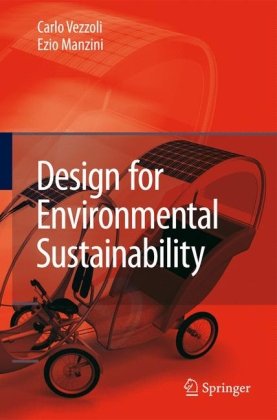

Most ebook files are in PDF format, so you can easily read them using various software such as Foxit Reader or directly on the Google Chrome browser.
Some ebook files are released by publishers in other formats such as .awz, .mobi, .epub, .fb2, etc. You may need to install specific software to read these formats on mobile/PC, such as Calibre.
Please read the tutorial at this link: https://ebookbell.com/faq
We offer FREE conversion to the popular formats you request; however, this may take some time. Therefore, right after payment, please email us, and we will try to provide the service as quickly as possible.
For some exceptional file formats or broken links (if any), please refrain from opening any disputes. Instead, email us first, and we will try to assist within a maximum of 6 hours.
EbookBell Team

5.0
50 reviewsDesign for Environmental Sustainability is a technical and operative contribution to the United Nations "Decade on Education for Sustainable Development" (2005-2014), aiding the development of a new generation of designers, responsible and able in the task of designing environmentally sustainable products.
Design for Environmental Sustainability provides a comprehensive framework and a practical tool to support the design process. The book offers an organic vision of methodologies, tools and strategies for the integration of environmental requirements into product development. Possible strategies and design guidelines are highlighted, accompanied by a large selection of high-quality environmentally-aware product design case studies.
Divided into four parts, the first part covers environmental sustainability and presents the general guidelines that can be followed to reach it. The second part examines the Life Cycle Design approach and the strategies to minimise consumption of resources, select low environmental impact resources, optimise product life span, extend the life of materials, and design for disassembly. The third part presents methods and tools to evaluate the environmental impact of products (e.g., Life Cycle Assessment) and other support tools for the integration of environmental requirements into real design processes. The fourth and final part describes the historical evolution of sustainability, both in design practice and research.
Design for Environmental Sustainability is an important text for all students, designers and design engineers interested in product development processes.